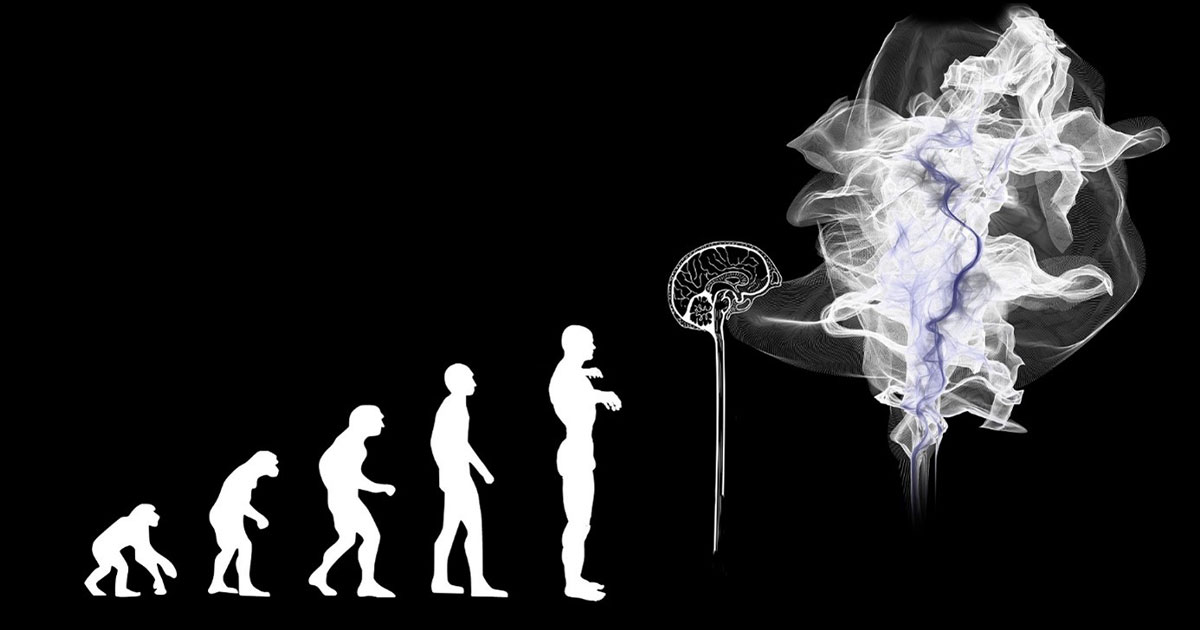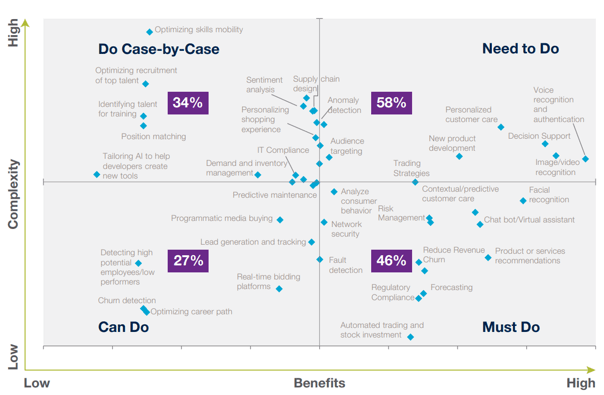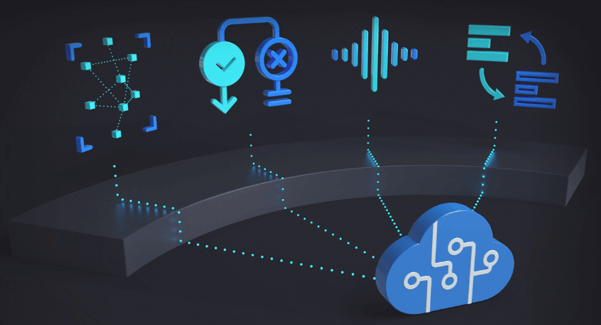But this is just the beginning. We will be amazed at what these technologies can do for us in the coming years. The most important thing is that these technologies will go from experimental to everyday use in our lives and businesses in the shortest possible time. These technologies are not here to replace us, but to help us with boring and repetitive tasks. Tasks in which humans perform cognitive activities that do not require any effort on our part, but are present in our daily lives and businesses. All this results in a multitude of opportunities for the complete digitalisation of companies and can consequently lead to great savings and optimisation of business processes [18], [19]. Recent studies show, for example, that AI-powered call agents will replace humans in 15 % of customer communications in the next three years, which corresponds to an estimated saving of 80 billion US dollars [20]. Many of the AI technologies mentioned above are already being used as cognitive services in the cloud, via the REST API or in other ways. They are quickly becoming commodities and can be used by ordinary people and companies.
But how can I integrate these AI technologies into my company? How can all these cognitive services and AI help me in my business, with new customer needs and process optimisation? The answer is that many companies already have the data and access to the necessary technologies to utilise these cognitive AI services to support their business. Many organisations started collecting data and using big data technologies a long time ago. Much of this data remains stored in data lakes or similar digital repositories without being explored or utilised. There is great potential in these sources when big data analytics and AI cognitive services technologies are used. A single source or a combination of several is sufficient to perform many use cases and optimise processes. For example, the same streaming video from cameras on site could serve different purposes. It can be reused for automatic intrusion detection, safety of people in hazardous environments, automatic reporting of industrial activities and inventory, production triage and fault detection. In these cases, the cognitive services of machine vision would perform most of the tasks. As another example, a single source of documents, texts or written communications can be used for automatic document classification, document categorisation, summarisation and extraction of important ideas or keywords. It can also be used as a source of information in intelligent searches. In all these cases, cognitive AI services for speech will be a great help in developing solutions.
And how well are companies doing today in terms of AI technologies and cognitive services? Are organisations using all these technologies to really improve their business and customer relationships? The reality is that many companies lack a consistent vision and strategy regarding the use of big data analytics, AI and cognitive services. Many companies have simply failed or are now struggling to sustain the use of such technologies in their business [21], [22], [23]. The reasons why many companies are not successful in using AI and big data technologies are manifold. One of the explanations is that many companies focus on solving individual cases or at most several similar cases. Companies develop data pipelines and AI models from scratch and in most cases using open source technologies. Therefore, the effort to adapt their framework to new AI technologies or new data, update AI models and maintain the infrastructure is so great that it is not sustainable in the long run. Other reasons have to do with the fact that in many cases neither the data nor the data pre-processing was appropriate for the business case. Recent studies also show that more than half of companies (58%) focus on solving the so-called "need-to-do" cases and only 46% of companies carry out the "must-dos", which bring great benefits with little complexity [24].




